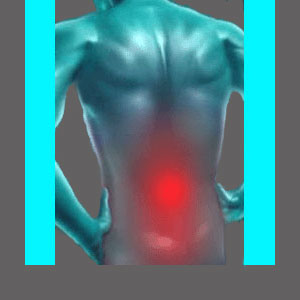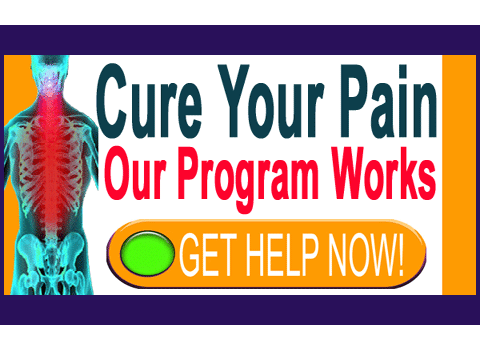
Spinal stenosis care ranges from conservative to surgical in nature and might encompass medical, complementary or alternative methods of treatment. Stenosis care spans the gamut from effective and indicated to controversial and illogical in both theory and practice. While there are gold standards for stenosis therapy, there are also other paths that can be traversed by patients who are seeking customized types of care.
Care is an ambiguous word, since it is difficult to define in the case of a condition like spinal stenosis. Many therapies can be considered care, as can self-managed practices. However, for the sake of this essay, we will define care as professionally applied treatment for spinal stenosis with the intent of eliciting a specific goal.
This essay explores a variety of philosophies when it comes to providing spinal stenosis treatment. We will discuss traditional medical and complementary care practices and define the goals of each to help patients better understand their many options when it comes to seeking help for spinal stenosis symptoms.
Traditional Medical Spinal Stenosis Care
The traditional medical establishment generally uses only 3 approaches to spinal stenosis treatment and progresses almost universally in care recommendations, regardless of the particulars of the patient profile:
Drug therapies are almost always the initial intervention provided, with pain management and various other types of symptomatic reduction medications prescribed. Drug therapies are humanitarian in nature, but do absolutely nothing to treat the underlying stenosis, nor do they prevent progression of the condition to greater levels of clinical significance. Drug injections become common practice for severe cases of stenosis wherein patients require more dramatic pain reduction that becomes very risky to provide by oral route.
Along with, or instead of drug therapies, patients might be given physical therapy or self-managed exercises and stretches to perform on a daily basis. These routines might help to improve physical functionality, but will do little to reduce symptoms and nothing at all to prevent the condition from worsening.
Surgery remains the primary medical intervention for stenosis that is indicated for invasive care. Most doctors will offer surgical intervention for stenosis that is considered the possible source of symptoms, while some doctors only provide surgical recommendations for more objectively evaluated and severe cases of stenotic formation. Unlike many other back pain diagnoses, stenosis actually enjoys good surgical outcomes in most case profiles, but there are still risks and systemic health consequences to consider for every patient.
Complementary Medical Care
Complementary care is very popular with many spinal stenosis patients, who tend to cite more personalized and flexible therapy choices with such types of caregivers as chiropractors, massage therapists and acupuncturists. Complementary care remains a growth field in the larger health industry for very good reason. Complementary care providers certainly do make up for many of the shortcomings of the traditional medical establishment, but all is not perfect in this care sector either.
Most forms of complementary care are reported by patients to be helpful at reducing the severity of symptoms, but fall short of providing the same level of relief enjoyed using powerful (and dangerous) drug therapies. These patients choose to settle for less complete levels of pain control in exchange for sparing themselves the collateral health catastrophe of using prescription drugs long-term.
Complementary care might not enjoy full health insurance coverage and some treatments might have to be paid completely out of pocket. While most forms of complementary care are far more affordable compared to medical treatment, the cost can still add-up quickly and might force some patients to settle for the traditional medical route simply due to the imposed monetary burden, rather than choice.
Even when complementary care is rated as being very effective for managing symptoms, there are no forms that actually can cure spinal stenosis, with the singular exception of spinal decompression being able to possible resolve transient stenosis caused by herniated discs. In cases where patients have disc-related contributions of focal stenosis, pursuing nonsurgical decompression might offer a real and lasting cure without having to undergo surgical intervention.
Alternative Medical Spinal Stenosis Care
Alternative medical practices fall into many categories ranging from promising, such as knowledge therapy and stem cell therapy, to the quacky, new age antics that some providers get away with in unregulated medical markets. We always caution patients to investigate alternative medicine before committing to any form of treatment, especially for a verified structural diagnosis, such as spinal stenosis.
For instances where the diagnostic validity might be questionable (and this occurs often), enlightened care providers might suspect the stenosis to be coincidental to the pain that is experienced. We see this exact case profile often and can verify that a substantial percentage of all mild to moderate degree spinal stenosis patients are actually suffering from something other than spinal canal narrowing. In these cases, the alternative medicine treatment offered by knowledge therapy might be the best and truly only logical therapy choice. For cases where the diagnosis may or may not be accurate and in cases where the diagnosis is spot on, but the patient does not require immediate surgery and wants to try a self-managed approach to pain relief, then pain coaching might be the perfect solution.
We tend to caution patients away from other less-proven forms of alternative medicine, but stop short of damning them all. We simply advise that patients should do their due diligence before even considering participating in alternative care that falls outside of these effective examples.





